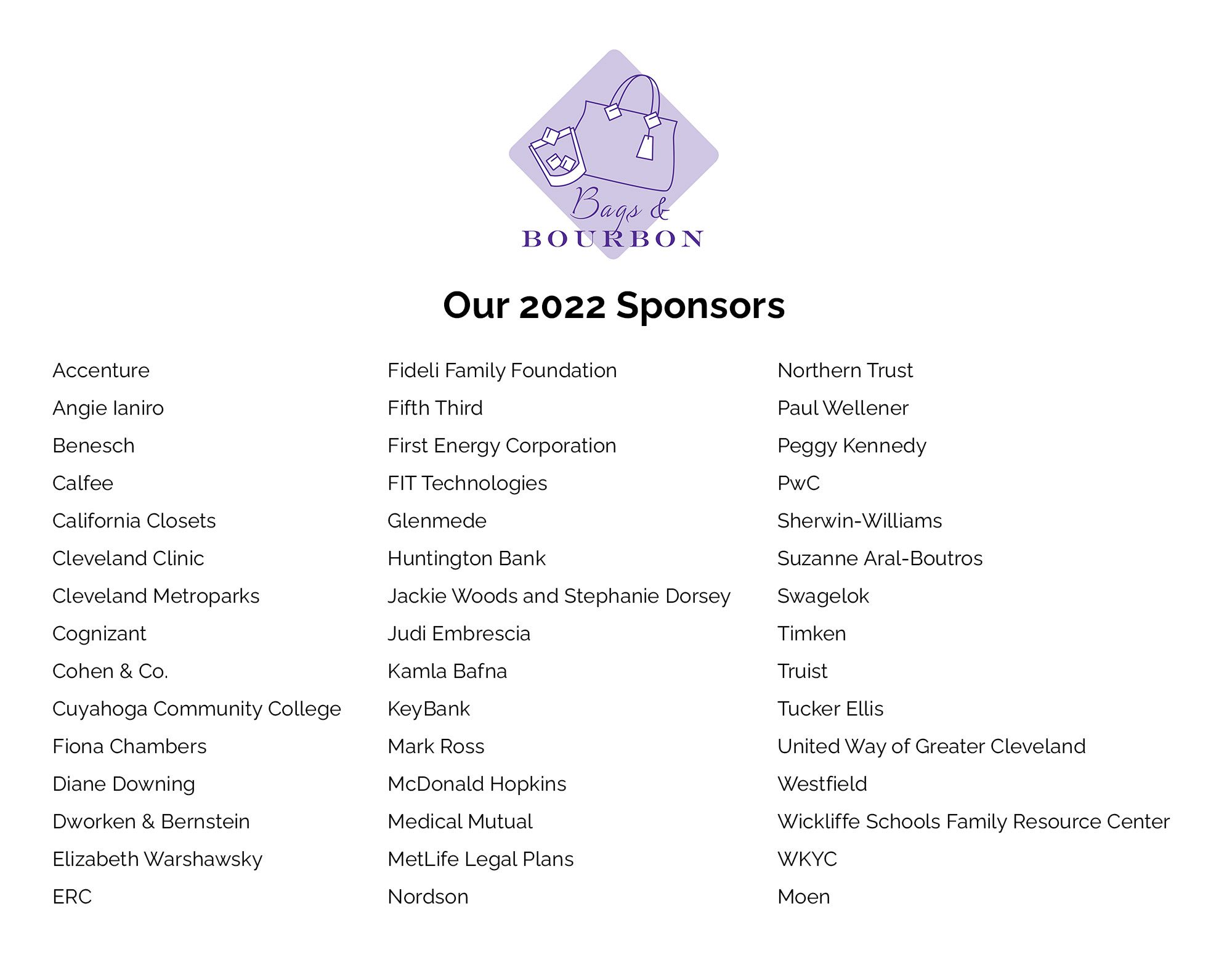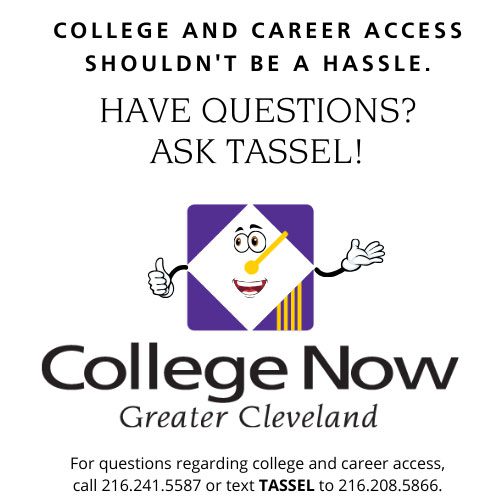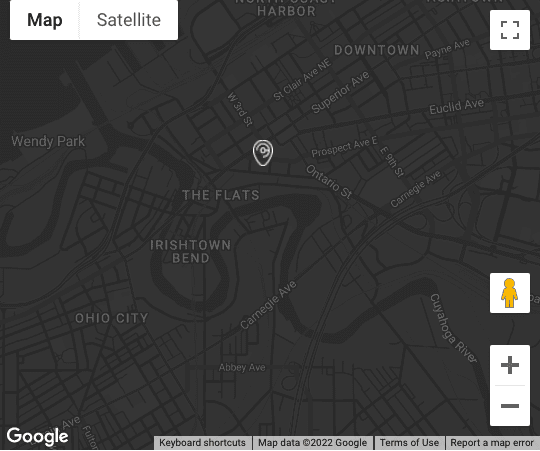The Importance of the Pell Grant to Educational Attainment At College Now, we say it all the time: educational attainment is one of the most critical issues facing us as a community. In its 2005 report Altered States: A Perspective on 75 Years of State Income Growth, the Federal Reserve Bank of Cleveland found that, over time, two levers that are directly correlated to regional economic health are the number of patents and the number of degrees in a particular region. It is no surprise, then, why Ohio struggles economically when you consider that it ranks 38th in the nation in educational attainment. The Ohio Department of Higher Education estimates that 64 percent of Ohio’s jobs will require a postsecondary credential or degree by 2020, and with only 37 percent of Ohio adults holding an associate’s degree or higher, it is easy to see that we have a lot of ground to cover in order to meet the future demand for skilled workers. A major obstacle preventing more Ohioans from pursuing higher education is the cost. A 2016 study by the Penn Graduate School of Education and Vanderbilt University’s Peabody College found that Ohio is the 45th least affordable state in which to go to college. Yes, you read that right. There are only five states in the entire country where postsecondary education is a more expensive undertaking than it is in Ohio. This is due, in large part, to many years of decreased state funding for higher education. Ohio colleges and universities, in response to receiving less money from the state, annually increased tuition and fees to cover their costs, making it increasingly difficult for students from low-income backgrounds to make up the difference. Despite the lack of state funding for higher education, since 1972, low-income students could rely on financial support from the Federal Pell Grant. The Pell Grant is an important piece of the financial aid puzzle for low-income students, often making the difference between a student being able to enroll in a postsecondary program, or not. Here are some interesting facts about the Pell Grant:
- According to the Pell Institute, the Pell Grant has helped over 60 million students pursue higher education since its inception.
- According to the National College Access Network (NCAN), nearly 8 million students (or one-third of all college undergraduates) benefitted from the Pell Grant in 2015-16.
- The Institute for College Access and Success estimates that 60 percent of African American and 50 percent of Hispanic undergraduates benefit from the Pell Grant.
- The College Board reports that despite the fact that the allocation for the Pell Grant nearly doubled between 2008 and 2015 to $30.3 billion, its purchasing power has diminished as the cost of tuition outpaces the inflation rate. According to a study by the Pell Institute, in 1975-76, the Pell Grant covered 67 percent of college tuition; in 2012-13, the Pell Grant covered 27 percent.




